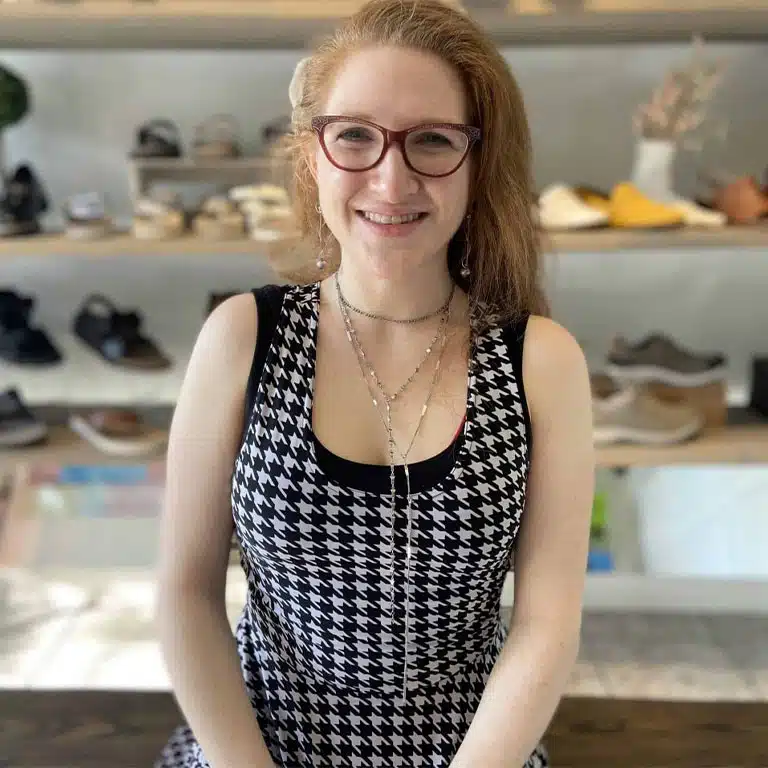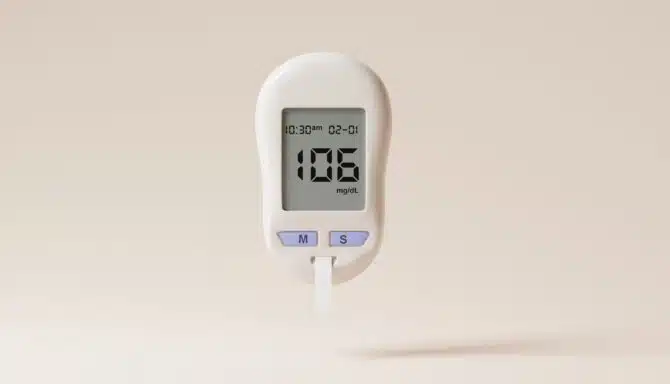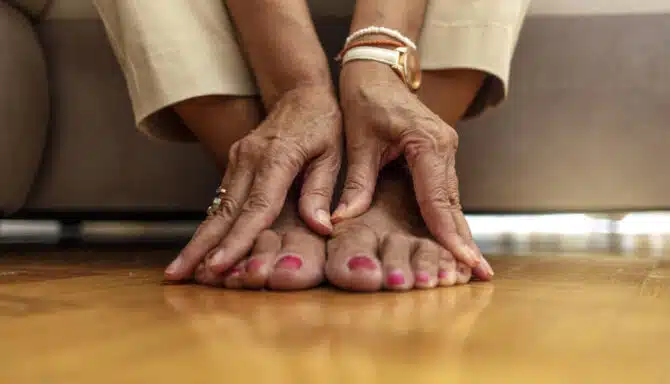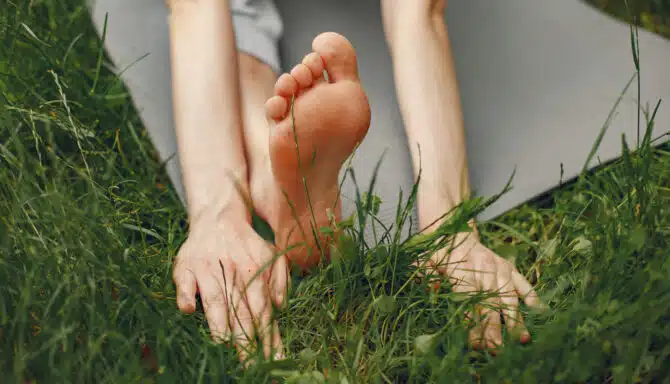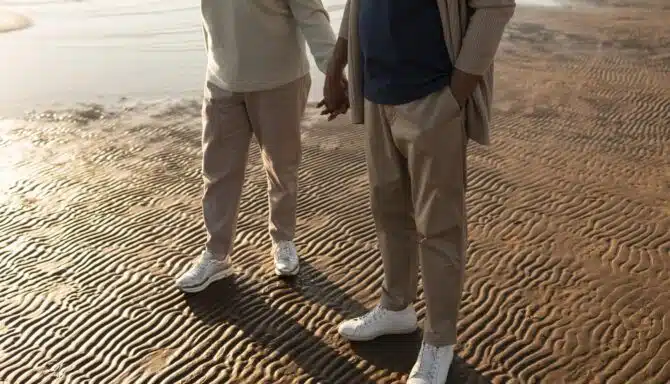Bunions, those bony bumps that develop at the base of the big toe, can be a source of discomfort and pain for many individuals. Bunions are common: they affect roughly 23% of adults and are more frequent in women than men.
Beyond foot aesthetics, bunions lead to:
- Blistering from footwear rubbing
- Sore big toe joint
- Shoes that start to become painful
- Difficulty in walking
That’s why understanding what bunions are, how to prevent them and the available treatment options is crucial for maintaining healthy feet.
What are bunions?
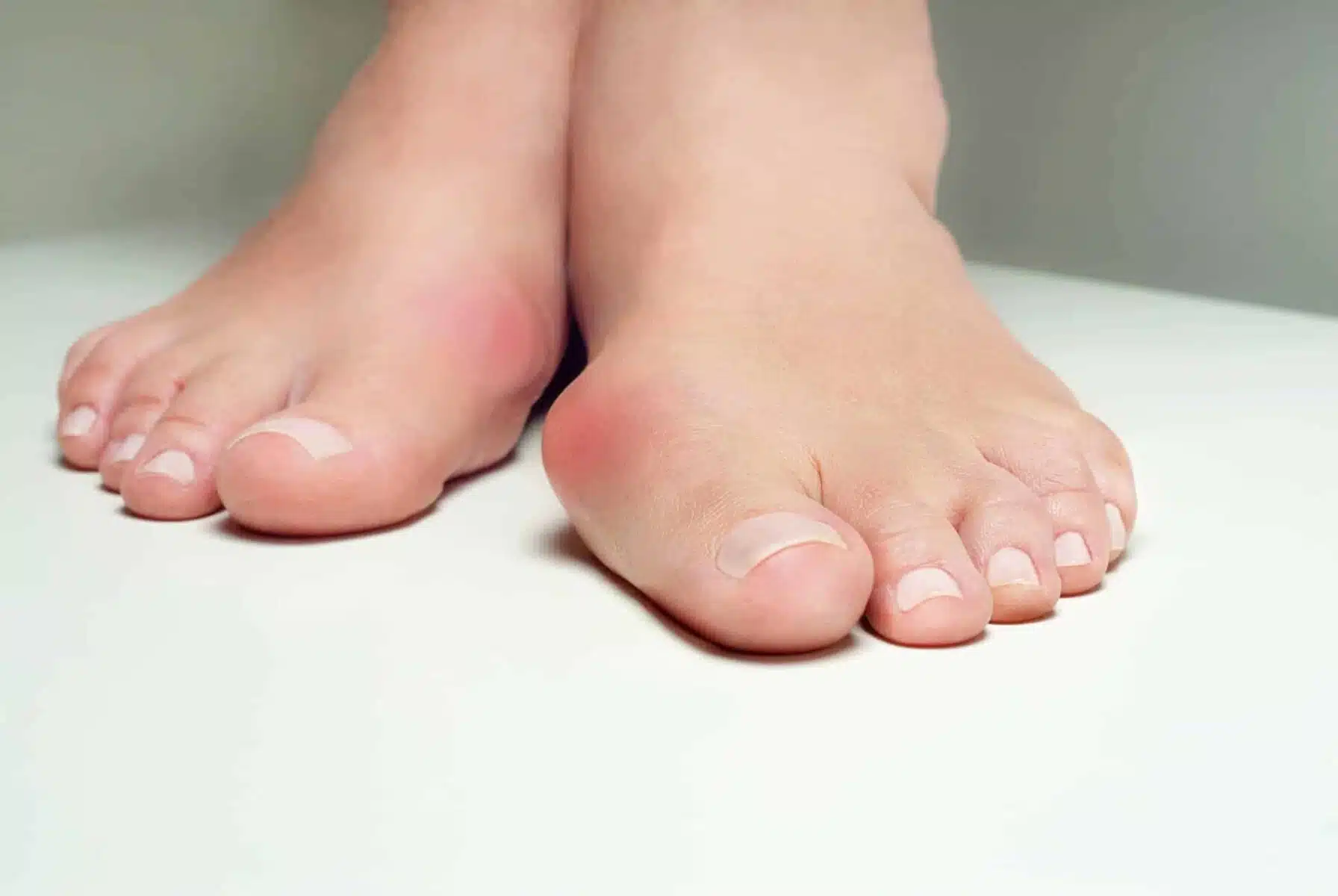
Bunions, medically known as hallux valgus, are deformities of the big toe joint, also known as the metatarsophalangeal (MTP) joint, that connects the big toe to the foot. They typically form when the big toe leans toward the second toe, causing a misalignment of the bones. As a result, a boney protrusion starts to form. This is a bunion and it develops on the side of the big toe. You can also get small toe bunions, called Tailor’s Bunions (or bunionette) that are formed in a similar way.
Occasionally the 2nd, 3rd, 4th or 5th toe (s) can become retracted and develop into either a hammer and a clawed toes with bunion patients. This in turn can lead to rubbing on the tops of the toes, thickened nails and callus:
The Top 5 Most Common Causes of Bunions:
- Genetics: Bunions can run in families, suggesting a hereditary component. But you don’t necessarily “inherit bunions” but you inherit the foot function that can cause bunions
- Footwear: Wearing shoes that are too tight, narrow, or high-heeled can increase the risk of bunions. It is thought that footwear accelerates the bunion formation process but there is little evidence to suggest that shoes alone directly cause bunions.
- Foot structure: Abnormal foot mechanics or structure, including flat feet and excessive pronation may contribute to the development of bunions. The risk of bunions is more significant in people with weak connective tissue, a short Achilles tendon and short calf muscles.
- Medical conditions: Certain conditions, like rheumatoid arthritis, can make individuals more susceptible to bunions
- Gestation: it is though that time in womb has an affect upon bunion formation. This maybe due to how the foot or leg is positioned within the womb.
Ultimately we just don’t know if there is a specific cause of bunions. It might be more probable that bunion formation is the result of multiple factors.
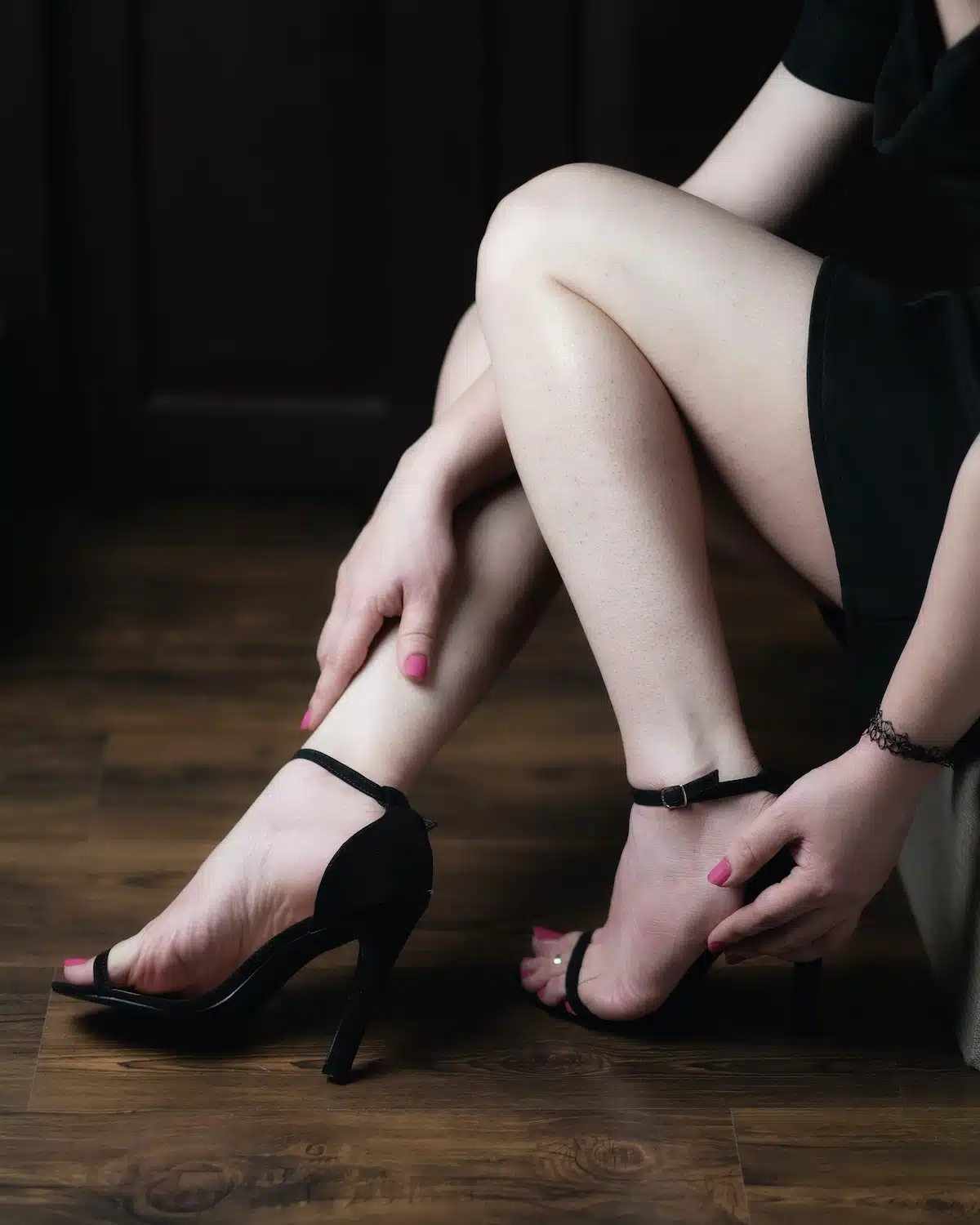
The Best Bunion Treatments: Can we prevent bunions?
Bunions, at the present time, can not be reversed but it is possible to slow their progression. So if you have a familial history of bunions then it is wise to start early to reduce the progression of that boney outgrowth.
- Footwear. Wearing appropriate footwear is one of the first steps in bunions treatments. Making sure that your footwear is wide, deep, supportive, cushioned and suitable for you is preferred. Plus, remember not to have a large heel height. Trying on your footwear and making sure nothing rubs and your foot is not closed in or compressed helps with reducing pressure upon those joints and bones.
- Toe Spacers. These can help reduce the pressure upon the actual big toe joint and reduce the rubbing on adjacent toes. They are usually gel or silicone and can last for a long time. You take them out at bed, bathing or if sore and use all other times.
- Orthotics. If you have a biomechanical issue – especially if you have parents that have bunions – then orthotics can slow the progression of bunions. If you are active in sports, then sports and sport injuries can be risk factors for bunions. Orthotics can be helpful with reducing sports foot injuries
- Foot exercises. By allowing your muscles to be active within your feet you then reduce the risk of muscle reduction within the foot . Check out our blog post about five simple exercises we recommend for bunions. If you have flat feet then this exercise can help:
Bunion Treatments. How do we treat bunions?
If you already have bunions then, at time of writing you can not reabsorb the bone back into the foot. The idea being that if you push the toe the other way then you will reduce the bony bump. However, for this to occur you need devices on for a very long time and is just not practicable. So what you will find is that conservative treatment is about reducing the pressure and soreness of the joint:
- Shoes. One of the main treatments. Finding wider and deeper footwear almost instantly reduces the soreness for patients. In some cases you can find footwear with various adjustments that allow you to roll over the joint and not through it which also reduces the pain within the joint. Ask our clinical staff about wider foot wear and footwear for bunions here.
- Padding. You can get replaceable bunions shields that reduces the compression pressure upon the bunion. Sticky pads are fine initially but, constantly sticking pads to your feet can reduce the skin integrity over time so this is not a long term solution.
- Orthotics. Patients have found orthotics very helpful in reducing the soreness of the joint. As orthotics are custom, they are tailored for your foot and so they can be transferred to other footwear – as long as they are the same size
- Medication. Sometimes anti-inflammatory medications can be helpful, but this is up to your Doctor to see if you can take them
- Bunions Devices. These are used over the bunion and reduce the stress and compression on the joint- usually worn at night
Non-conservative bunion treatments.
Surgery
If conservative measures fail or the bunion is severely painful and affects daily life, surgical correction may be necessary. It would be up to your doctor and the surgeon to decide if you can have bunion surgery. There are multiple amounts of surgical techniques that can be used for bunions. They are based upon the following techniques:
- Exostectomy. This is ultimately removing the bony bump itself.
- Osteotomy. The removing of the bony bump and realigning the toe
- Arthrodesis. The fusing of the bone
There are also joint replacements and even “melting” or sculpting of the bone.

